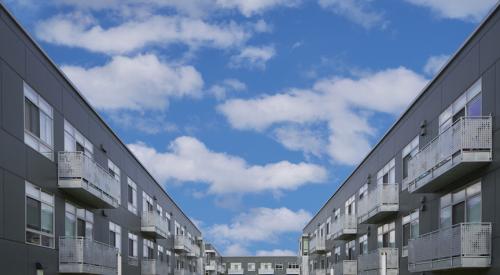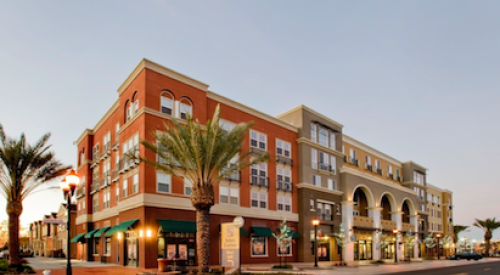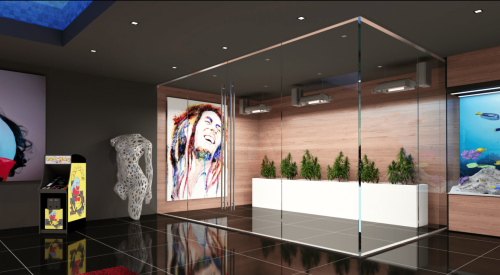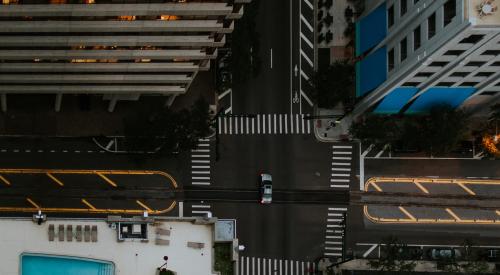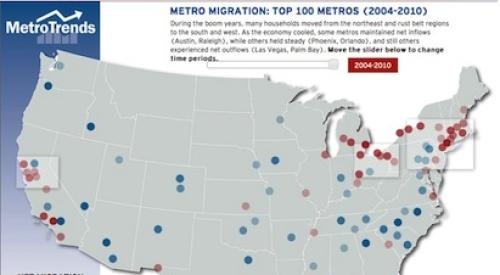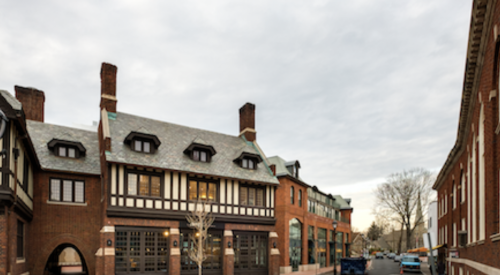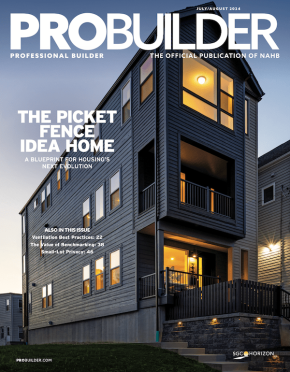The flow of money, like water in rock, is reshaping neighborhoods across the nation. Curbed and Eater take a look at current development projects in six cities, Atlanta, Austin, Detroit, Los Angeles, New York, and San Francisco, as urban case studies asking the question, “can money create a neighborhood?”
In California, the anticipated arrival (target open date of 2020) of a new football stadium for the Los Angeles Rams in Inglewood is already causing locals to wonder what will happen to the “last affordable, extremely well-located community” in Los Angeles when then 700,000 square feet of commercial and residential space is completed. Meanwhile, in San Francisco, the Central Market Tax Exclusion, passed in 2011 and meant to encourage tech companies to move into and revitalize the Mid-Market and Tenderloin neighborhoods hasn’t panned out as expected. "Twitter quickly set up shop, as did Dolby and Uber, but residents and foot traffic didn’t follow as expected, new restaurants faltered, and homelessness persists. Now the city is asking: What will it take for Mid-Market to become the vibrant, food-filled neighborhood the city hoped for," Curbed reports.
Each of these urban case studies is distinctive to its place; San Francisco’s limited land mass has nothing to do with Atlanta’s zoning codes, or Austin’s need for public transit. But what all six cities have in common is a distinctly American problem: how we, the people, reconcile our desire for economic growth with neighborhoods that are equitable for all their constituents. If you build it, will they come? If they come, who will have to leave?

